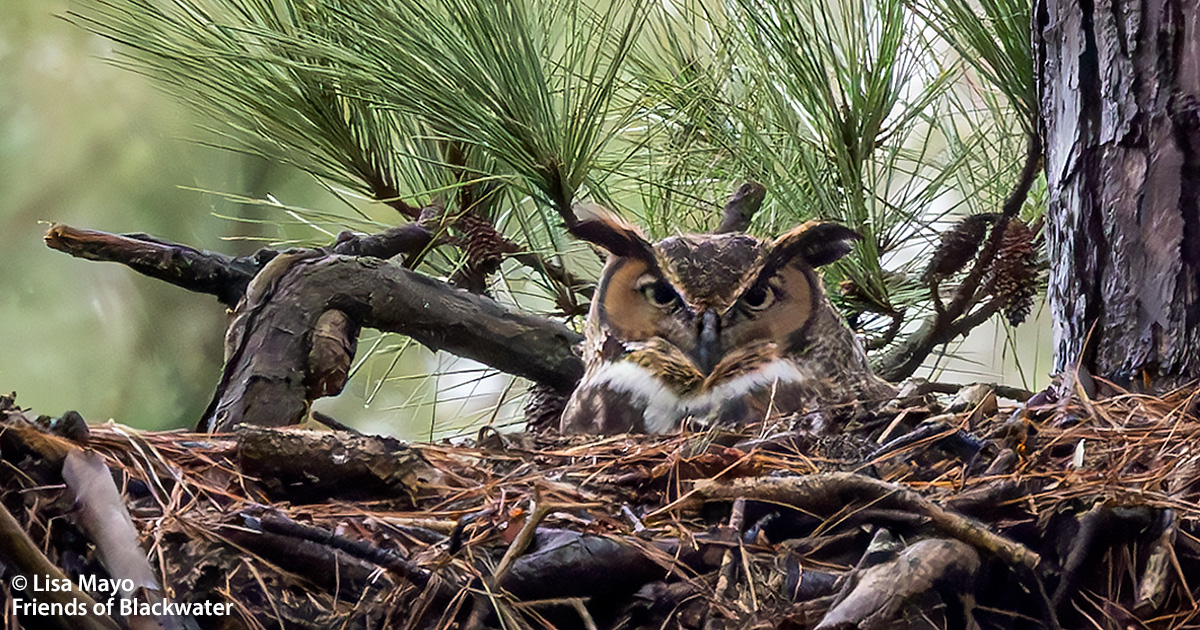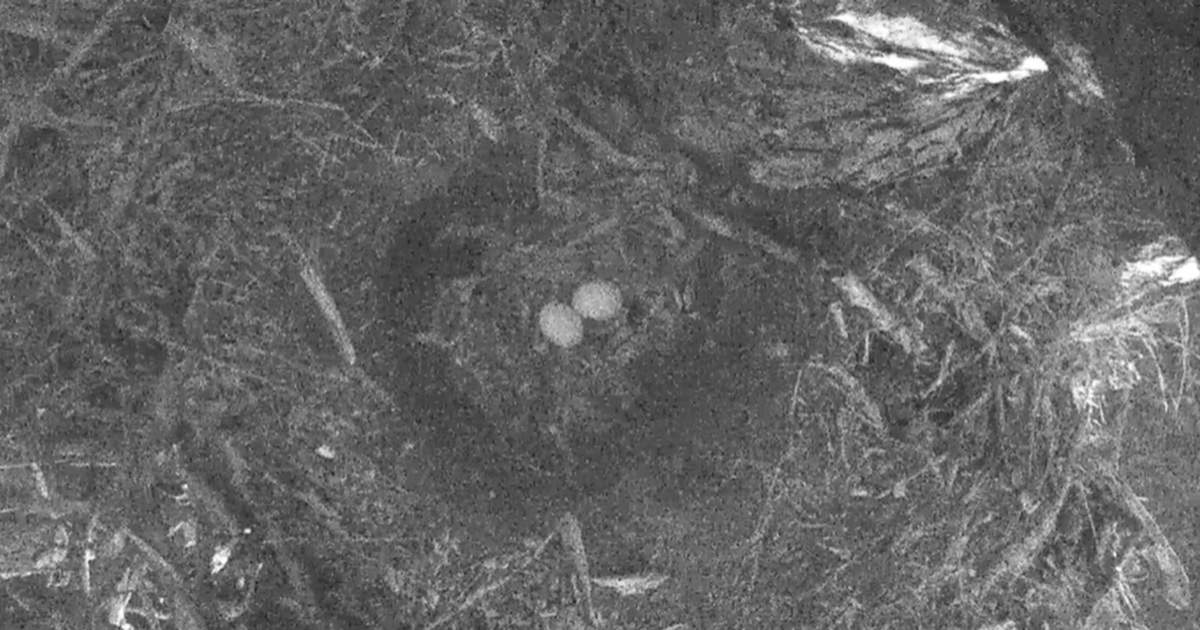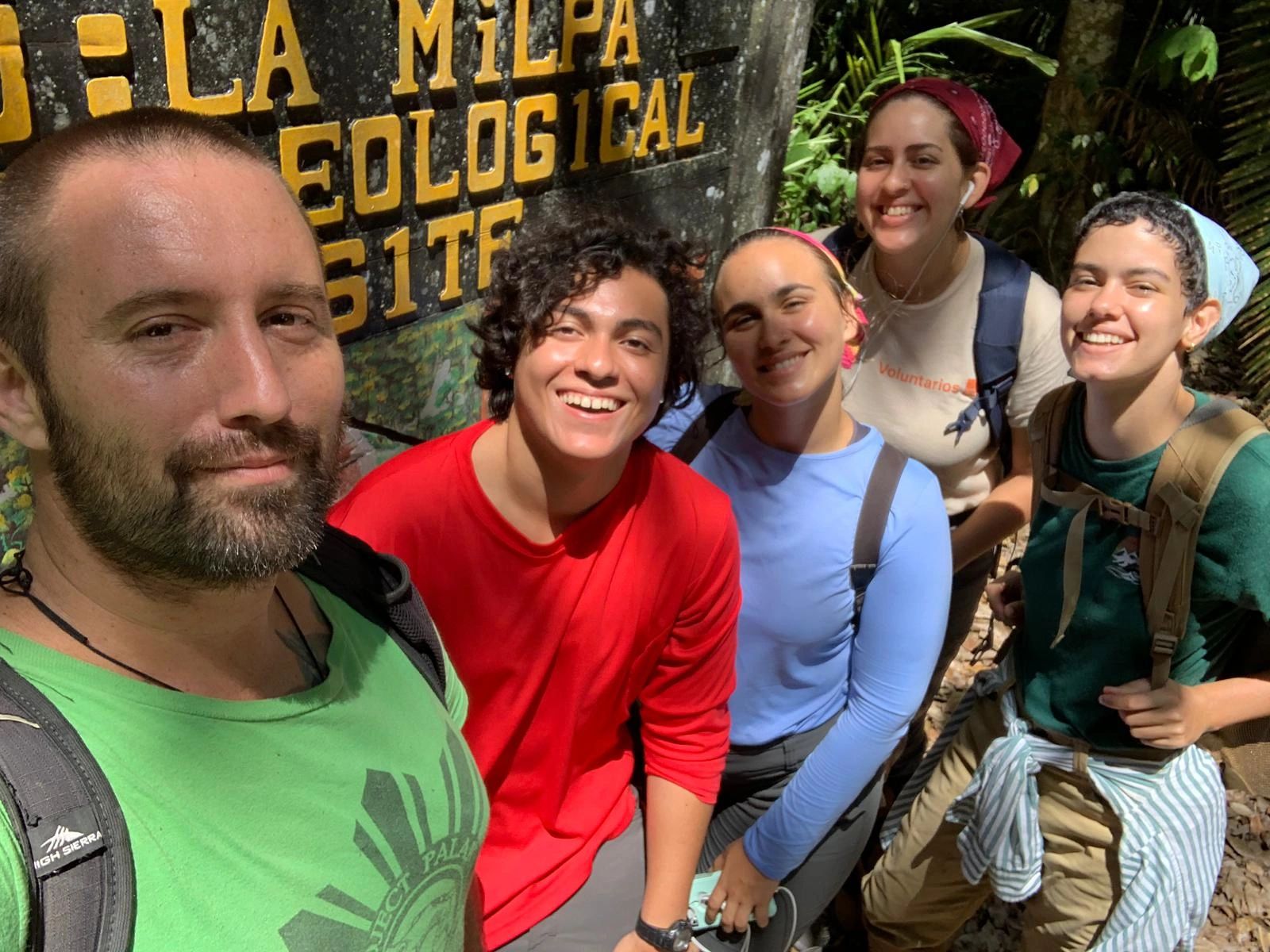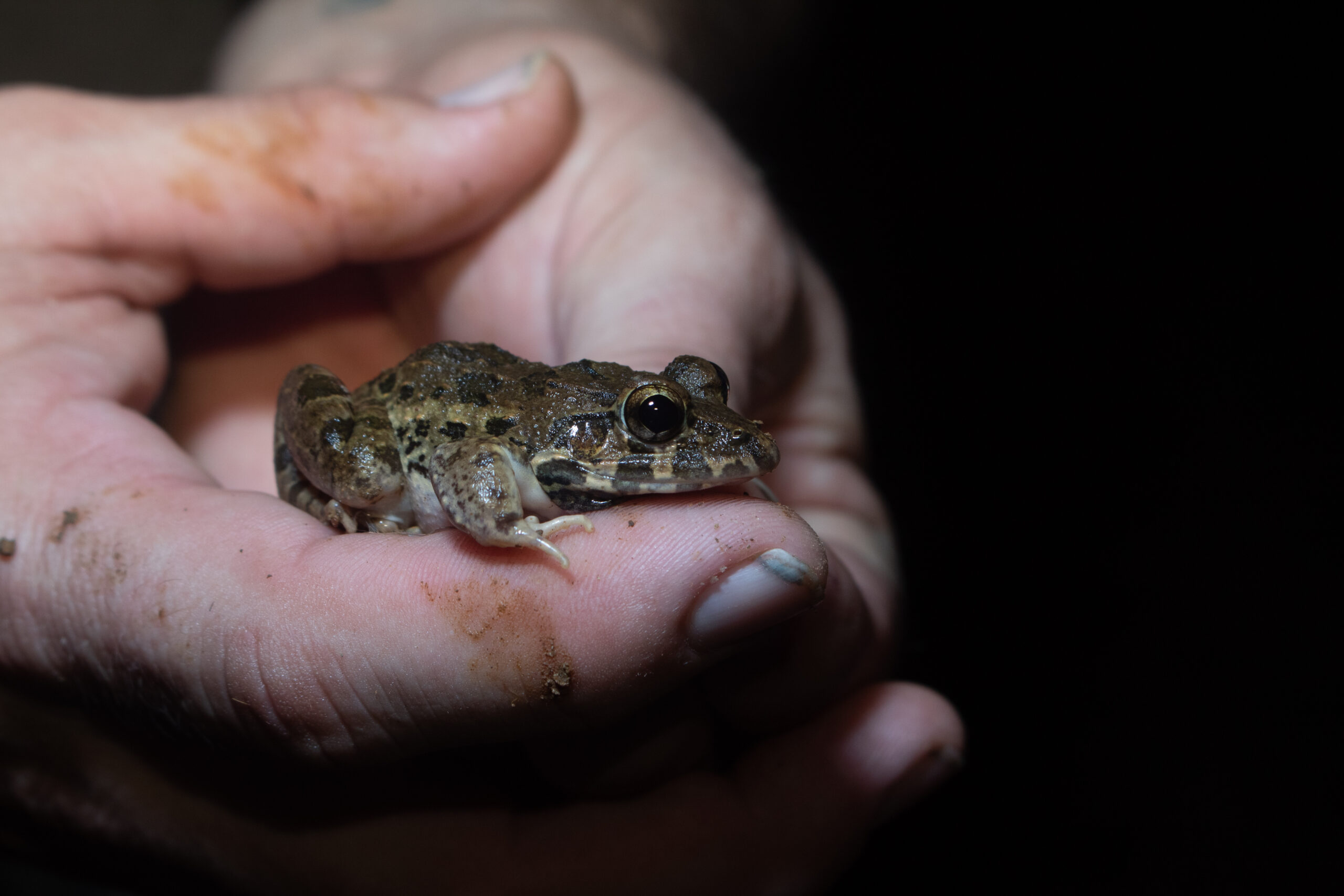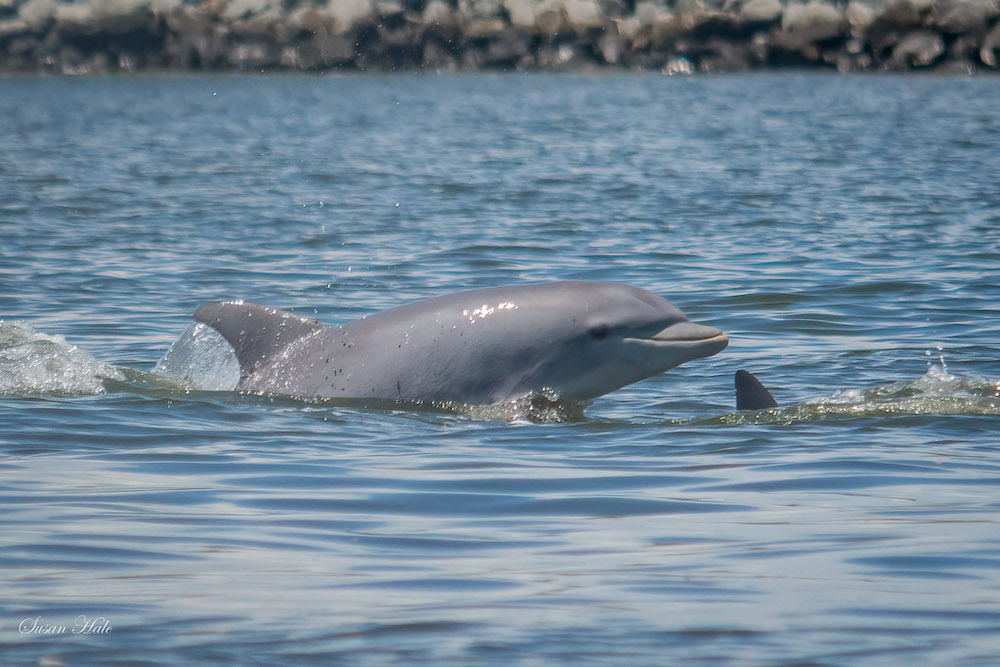
Dolphins in the Miles River photo by Susan Hale for UMCES
Thousands of residents and visitors with their eyes on the water have helped scientists understand when bottlenose dolphins are visiting the Chesapeake Bay. Are you ready to be one of them?
Dolphin in South River. Photo submitted to Chesapeake DolphinWatch by Stephanie Westrick. (University of Maryland Center for Environmental Science)
Researchers at the University of Maryland Center for Environmental Science’s (UMCES) Chesapeake Biological Laboratory launched the Chesapeake DolphinWatch App in 2017 to get real-time reports of dolphin sightings on the largest estuary in the United States. Since then, scientists have received over 7,000 reports of dolphin sightings—submitted by over 14,600 registered app users—to help track the patterns of dolphin visits to the bay. Nearly 1,500 sightings were reported last year alone.
“We are about to begin our eighth year of leveraging citizen scientists to understand the biology and ecology of bottlenose dolphins in the Chesapeake Bay,” said UMCES Professor Tom Miller, who now leads the program created by Helen Bailey. “Chesapeake DolphinWatch uses underwater microphones called hydrophones to listen for dolphin sounds and relies on citizen scientists to report their sightings of dolphins when they are out on the water.“
The Chesapeake DolphinWatch app was created to allow people who are already enjoying the Chesapeake Bay to report sightings of dolphins, including the time, date, GPS location, number of animals observed, and pictures and video of the animals throughout the bay, creating an unprecedented observation network.
“Not only can users see their sightings, but they can also see the sightings of other users,” said Miller. “This means that if you are looking for dolphins, Chesapeake DolphinWatch can guide you to where they were last seen near your location. However, it is important that you keep a safe and respectful distance from these charismatic animals.”
In 2015, bottlenose dolphins were thought to be only occasional visitors to the Chesapeake Bay and its tributaries, but after placing underwater microphones in the Patuxent River, scientists discovered there were more frequent detections than they had expected. This discovery sparked interest by researchers who were curious to know just how often dolphins were visiting the bay and where they were venturing. After launching the app and listening underwater for dolphins, UMCES researchers discovered there were more consistent sightings and detections over a broader area than they had expected.
“We know from the sounds we hear underwater that dolphins are actively feeding during much of their time in the Chesapeake Bay,” said Miller. “DolphinWatchers have uploaded photos of very young dolphins accompanying their mothers during this time, showing that dolphins use the bay as a nursery.”
Results have shown the distribution of dolphins in the Chesapeake Bay to be seasonal. Dolphins are present in the extreme lower bay near Norfolk, Va. all year. As the waters warm in late spring and fish reproduce, the dolphins begin to occur further and further north in the bay. From May to September, dolphins are regularly seen north of the Bay Bridge in the upper bay. DolphinWatchers are reporting sightings from Norfolk, Va. to Havre de Grace, Md. by July.
Chesapeake DolphinWatch researchers collect, analyze and synthesize the data to advance our understanding of how bottlenose dolphins use the bay. Researchers verify as many sightings as possible each year with photo verification, or a written description of the encounter and will contact users by email with questions, or issues with their sightings. This verification process allows researchers to use the data in scientific analyses to understand how dolphins are using the bay.
Visit www.umces.edu/dophinwatch for details. Follow Chesapeake DolphinWatch on Facebook @Chesapeake DolphinWatch, or Instagram @dolphinwatch_cb, for postings about sightings and information about dolphins together with interactive quizzes and polls.
The program is made possible by the Chesapeake Biological Laboratory and the Chesapeake Bay Trust, and benefits from generous support from the JES Avanti Foundation and from DolphinWatchers themselves. Contact Tom Miller at [email protected] to find out more about supporting the program.
Located where the Patuxent River meets the Chesapeake Bay, the oldest publicly supported marine laboratory on the East Coast is a national leader in research on fisheries, estuarine ecology, environmental chemistry and toxicology research of the Chesapeake Bay and aquatic ecosystem around the globe.
UNIVERSITY OF MARYLAND CENTER FOR ENVIRONMENTAL SCIENCE
The University of Maryland Center for Environmental Science leads the way toward better management of Maryland’s natural resources and the protection and restoration of the Chesapeake Bay. From a network of laboratories located across the state, our scientists provide sound advice to help state and national leaders manage the environment and prepare future scientists to meet the global challenges of the 21st century.
FOR PHOTOS AND VIDEOS:
https://drive.google.com/



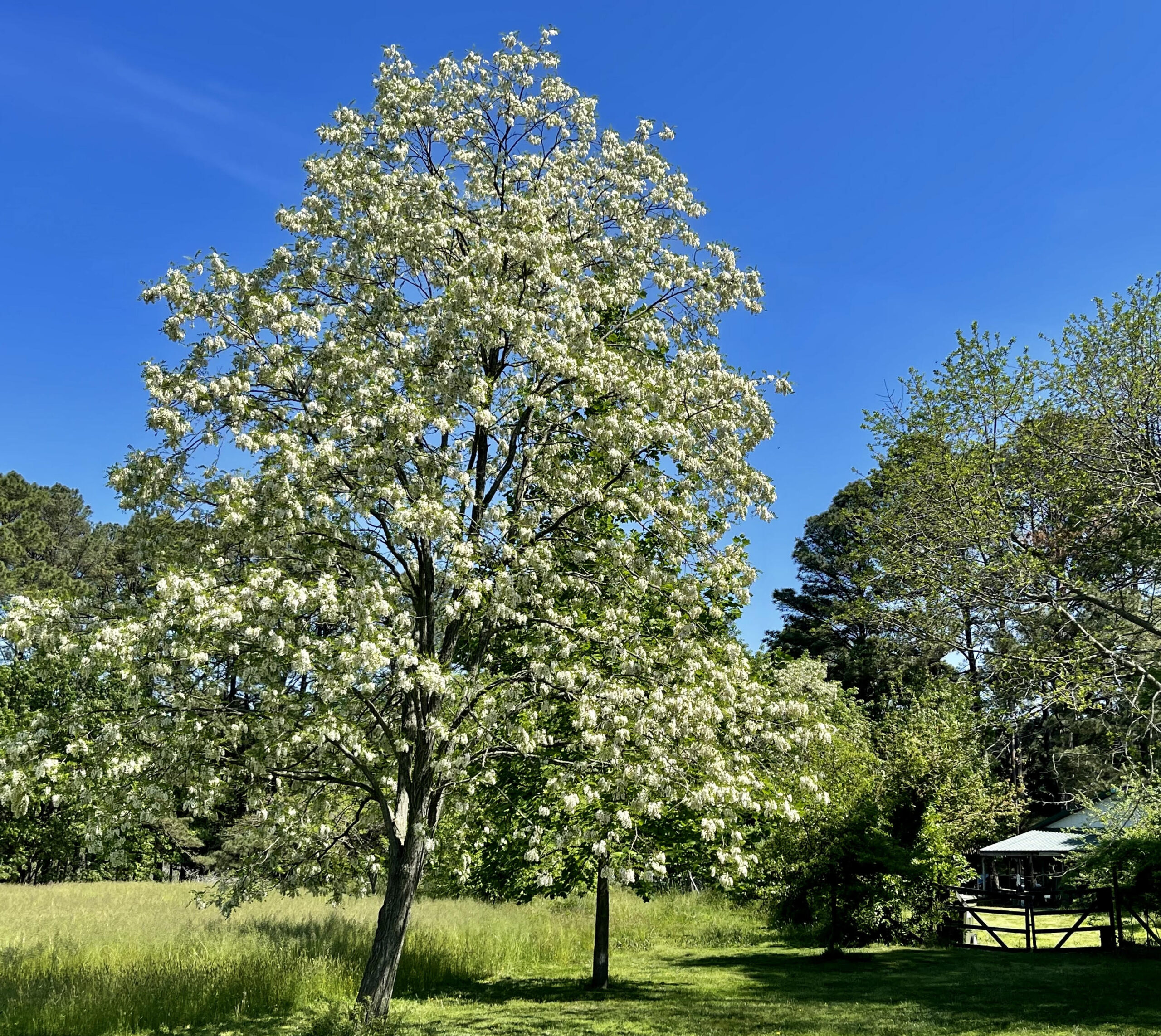
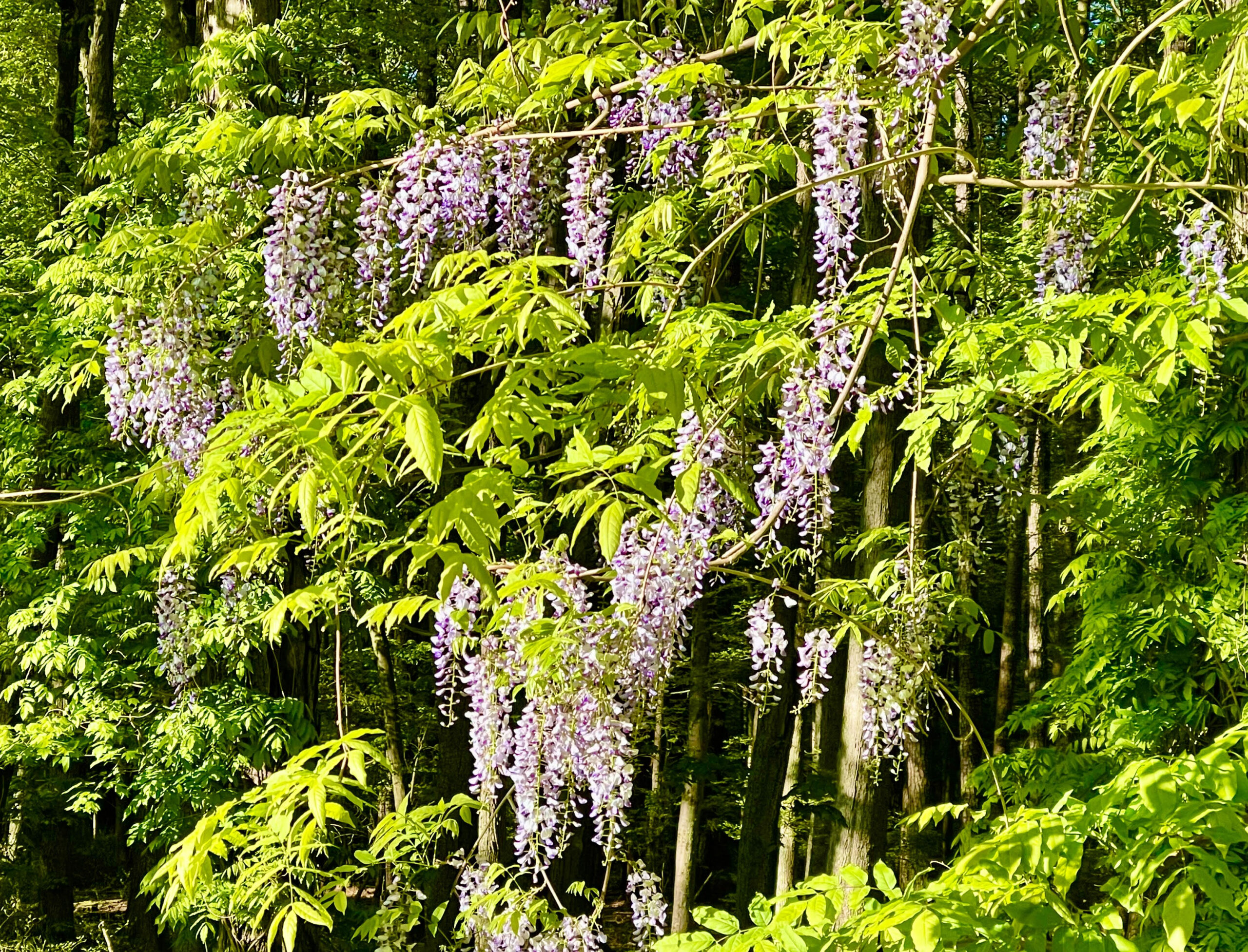


 Deena Kilmon of Easton has recently been named Executive Director of Waterfowl Festival, Inc. For more than 50 years, the Waterfowl Festival, Inc. has staged an annual event, the Waterfowl Festival, that has raised $5.7 million for wildlife and habitat conservation, education, and research. The organization is committed to creating an environment to restore and conserve the presence of vibrant, stable, and diverse populations, flourishing in clean and productive aquatic and wetland habitats. The expanded position will enable the Waterfowl Festival to have a greater impact in the next 50 years of its conservation and education activities.
Deena Kilmon of Easton has recently been named Executive Director of Waterfowl Festival, Inc. For more than 50 years, the Waterfowl Festival, Inc. has staged an annual event, the Waterfowl Festival, that has raised $5.7 million for wildlife and habitat conservation, education, and research. The organization is committed to creating an environment to restore and conserve the presence of vibrant, stable, and diverse populations, flourishing in clean and productive aquatic and wetland habitats. The expanded position will enable the Waterfowl Festival to have a greater impact in the next 50 years of its conservation and education activities.